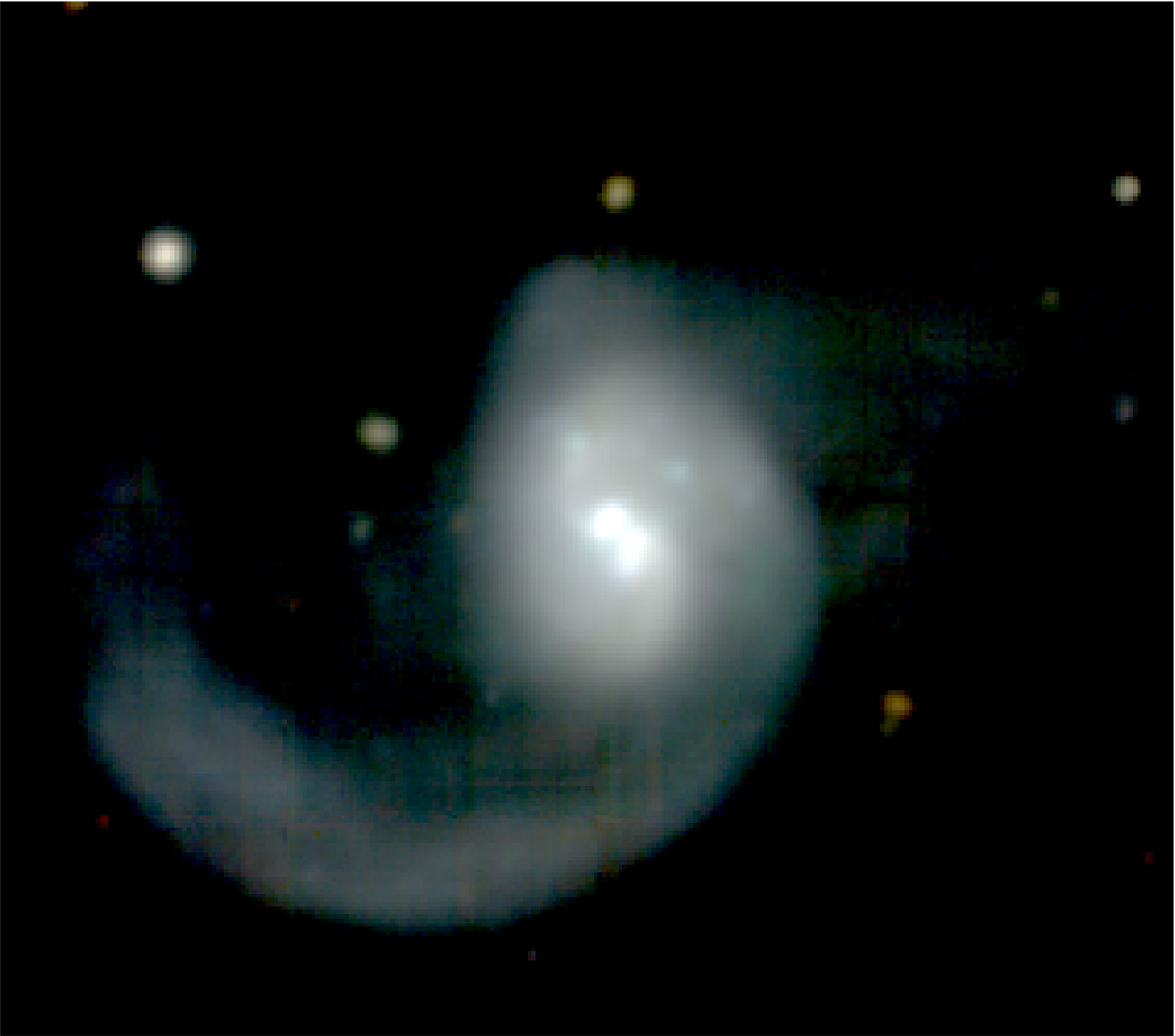On November 14, 2014, a telescope spotted a burst of light in a galaxy 570 million light-years away. It was thought to be a supernova, an arrestingly bright explosion that marks a star’s death. This week, astronomers revealed that the burst was not a supernova after all, but rather a black hole having dinner — one of many repeating “meals,” as the black hole slowly gobbles up a star stuck in its orbit.
Six years after that initial observation, named ASASSN-14ko, astronomer Anna Payne was poring over data on the alleged supernova and realised that the object had a recurring flare about every 114 days, meaning it couldn’t have been a supernova (which would just have one big blast). The team’s research included two predicted flares, in May and September, and their research appeared as a pre-print on arXiv in September. The results were presented this week during the 237th meeting of the American Astronomical Society.
“A single supernova on its own usually isn’t too much cause for excitement… However, this behaviour has never been seen before coming from the centre of a galaxy, where you would find a supermassive black hole,” Tom Holoien, the astronomer who first identified the object in 2014 and who is now at the Observatories of the Carnegie Institution for Science, said in an email.

The team suspects the recurring flares are due to a repeating tidal disruption event, in which a star is ensnared in a black hole’s orbit but isn’t close enough to be obliterated. Instead, the star periodically passes close enough to the black hole for it to pry off some of the star’s mass, like a fatal cosmic toll booth.
Repeating tidal disruptions events “have been theoretically predicted for years, but until now they’ve remained observationally elusive,” said Payne, a graduate student at the University of Hawai’i at Mānoa’s Institute for Astronomy and lead author of the paper, during this week’s press conference. Payne adds that the loss of mass would result in a “luminous flare per event and per orbit. This fits the description of ASASSN-14ko.”
Other possibilities for the flares suggested by the team are vivid interactions between the accretion discs of two supermassive black holes orbiting each other, or a star on an inclined orbit around the black hole. According to the team, the alternatives are dodgier because the notion of a black hole binary doesn’t account for the flare frequency, and the second star theory would cause asymmetric flares on either side of the black hole.
Payne’s team knows that the galactic nucleus, where you’d find a monster black hole, is active, but it’ll take more observations to be sure of the cause of the flaring. ASASSN-14ko’s most recent flare was just before the winter solstice, placing its next light show somewhere around April 13.
“Based on the luminosity and duration of the flares, the mass loss is expected to be very small,” Payne said, “only about three Jupiter masses per event. A very massive star could survive dozens or perhaps hundreds of encounters.”
All stars’ lives must come to an end. This one’s demise is just a little less dignified.
